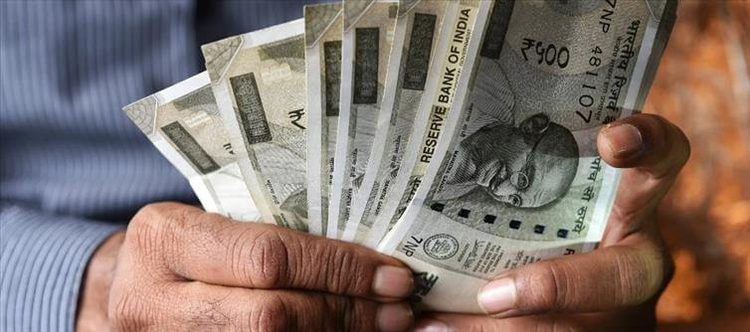
PPP compares the cost of living across different regions by taking exchange rate fluctuations into account. For example, the PPP ratio would be 5 (100/20) if a burger costs Rs 100 in india and $20 in the USA. This implies that one would need to spend Rs 5 in india for every dollar spent in the USA.
Discussing Purchasing Power Parity in California, earning Rs 23 lakh in india might seem ordinary until you realize that a US counterpart needs Rs 79 lakh to maintain a comparable quality of living, according to Nitin Kaushik.
Purchasing Power Parity (PPP) is the cause of this notable disparity in purchasing power.
Setting the scene:
> The cost of a meal at a restaurant is Rs 300 in india compared to Rs 1,700 in the US.
> Rent for a comparable space is Rs 50,000 in india versus Rs 1.6 lakh in the US.
> Internet costs Rs 700 in india and Rs 6,000 in the US.
"Earning ₹ 23 L in india feels 'mid' until you realize your US counterpart needs ₹ 79 L to maintain the same lifestyle. Why? Purchasing Power Parity (PPP)!
Here's the reality check:
️ Meal at a restaurant - ₹300 (India) vs ₹1,700 (US)
Rent - ₹50,000 (India) vs ₹1.6L (US)
Internet - ₹700 (India) vs ₹6,000 (US)
And let's talk about services-having a driver or house help in India? Normal. Abroad? Luxury. So next time someone flexes their salary in $$, do the real math," kaushik wrote this in a post on X.
Purchasing Power Parity
Institutions like the World bank and IMF frequently use PPP to compare actual living standards and economic output between nations. After the US and China, india has the third-largest GDP (PPP) in the world due to its sizable population and comparatively low cost of living.
India's per capita income has grown at a quicker rate than the US, according to IMF data. As a result, the purchasing power of indian citizens has increased more quickly. In spite of this, there is still space for improvement in India's individual income levels, as evidenced by the significant disparity in the per capita PPP. Because products and services are cheaper in india, one hundred rupees can buy a lot more than the same amount in the US.




 click and follow Indiaherald WhatsApp channel
click and follow Indiaherald WhatsApp channel